A multi-energies and multi-countries independent producer
We are a multi-energy producer, with a complementary mix of green electricity (solar) and green gas (biomethane and renewable hydrogen) to support our customers in decarbonizing their uses and energy mix.
Multi-countries, we operate in France, Chile, the United States, South Africa and Spain.
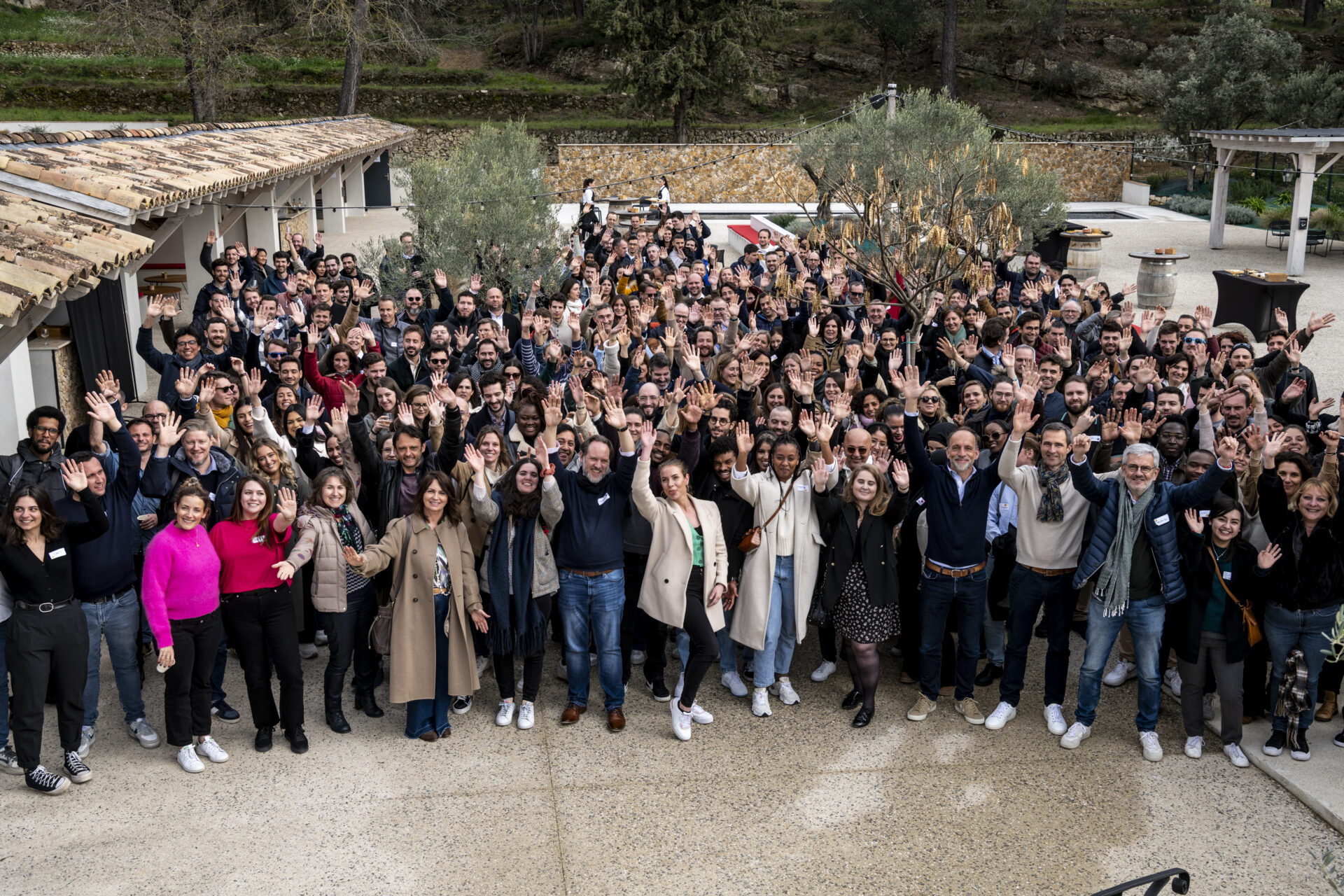
Our vision: local renewable energies valorized in short circuits
Decentralized, carbon-free, direct
We deploy our mission with a clear vision: to build the energy models of tomorrow by producing decentralized renewable energies, distributed in the heart of our territories as close as possible to the sites of consumption, and by marketing this energy produced in a short circuit.
Control of the entire value chain
We develop, finance, build and operate decentralized renewable energy production units, either owned by ourselves or in partnership. We market the energy produced in short circuits to suppliers, companies, municipalities and farmers.
A team of committed and passionate experts
Our teams are organised into business units by type of energy and market, backed up by multi-country cross-functional skills that are used to support our projects and clients.
In France, we have a strong local presence with 8 regional offices.

In a full year, CVE produces the equivalent of the consumption of a town of 740,000 inhabitants, i.e. 1.6 TWh of renewable energy.
We operate 612 solar power plants, with a total capacity of 616 MW (including 315 MW in France), and 10 biogas units in the heart of our regions.
CVE plans to reach 2.5 GW in 2027. For its biogas business, CVE aims to operate 60 units by 2030, producing 1.5 TWh/year of biomethane.
Our subsidiaries
CVE is firmly committed to the development of renewable energies through its various international operations. Thanks to strategies tailored to each market, CVE makes a significant contribution to the energy transition in the countries where it operates, offering sustainable, innovative solutions.
Chile
Chile has exceptional solar potential and a favourable regulatory framework. In 2023, the deployment of photovoltaic assets in operation and under construction reached 8.5 GW. CVE’s strategy is based on the production of decentralized renewable energies sold in short circuits. Chile is a key market for realizing this vision.
More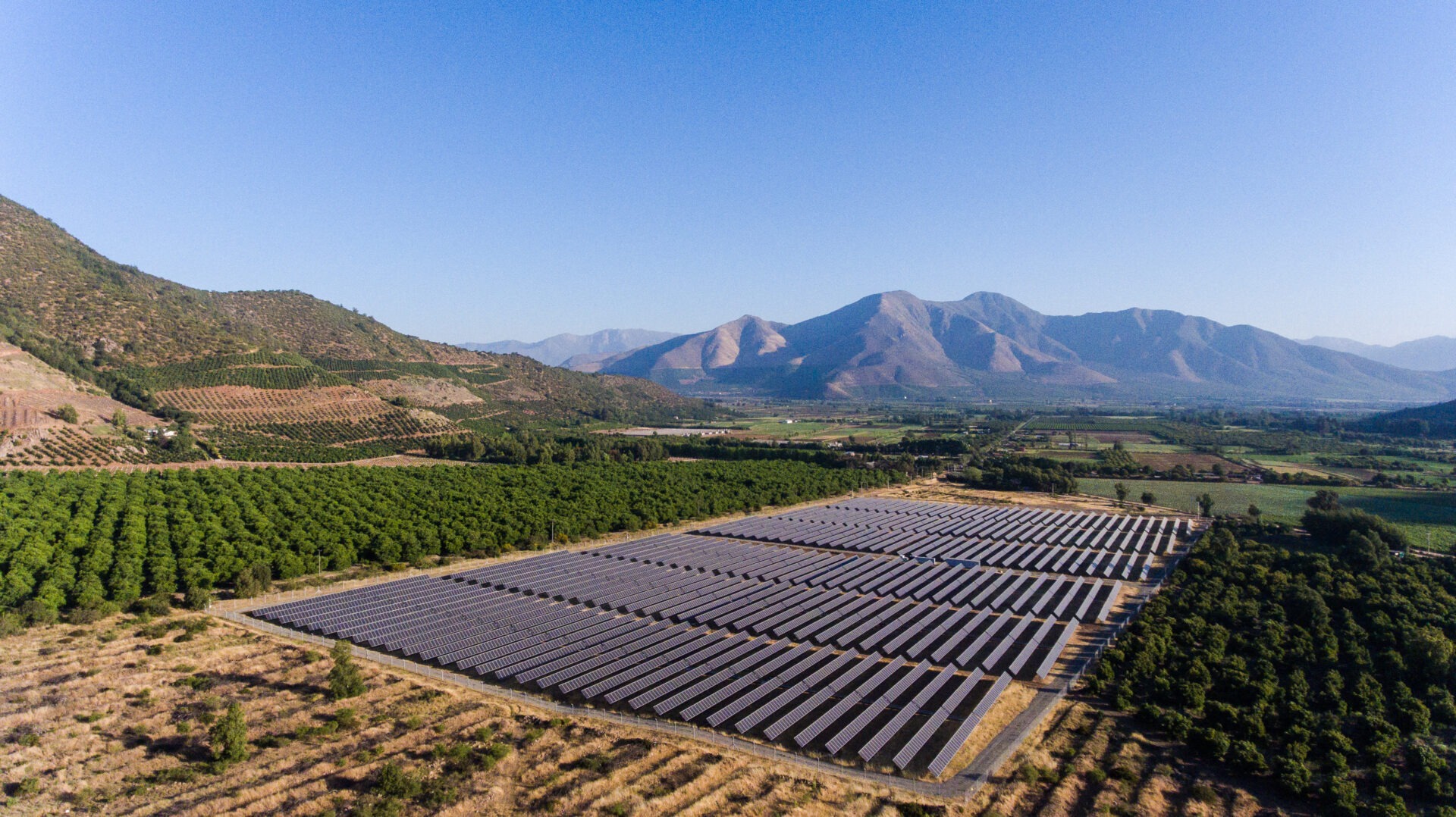
United States
The development of solar energy in the United States is growing rapidly. By the end of 2023, the country had installed 160 GW of solar capacity. The Inflation Reduction Act has significantly boosted investment in solar energy. CVE North America focuses on the development of community solar projects, with a strong presence in states such as New York, Massachusetts and Illinois.
More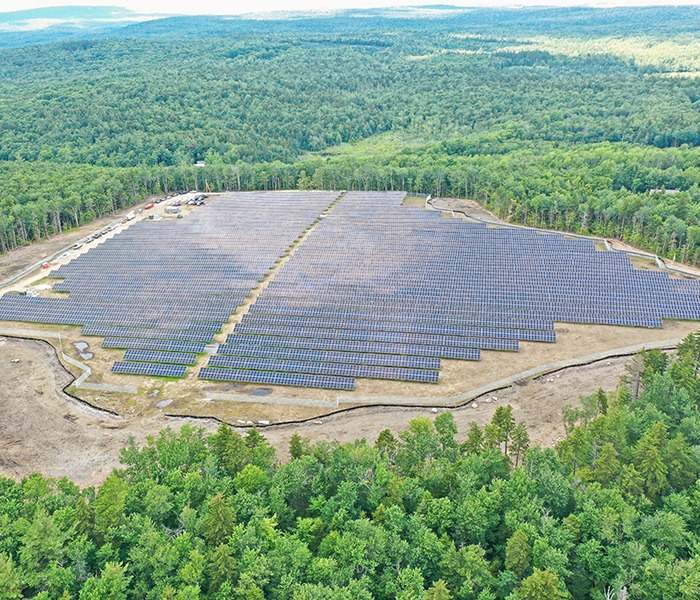
South Africa
South Africa has almost 7 GW of installed photovoltaic capacity. Most of the new photovoltaic installations in South Africa are self-consumption industrial and commercial (C&I) plants. Faced with the challenges of power generation in South Africa, including frequent power cuts and rising energy prices, CVE South Africa offers direct sales of solar energy coupled with storage.
More
Spain
Spain is a market with strong solar potential, thanks in particular to its abundant sunshine. The country is committed to increasing the share of renewable energies in Spanish electricity production to 74% by 2030. In line with its strategy of producing decentralized renewable energies and marketing them through short distribution channels, CVE set up operations in Spain in 2023.
More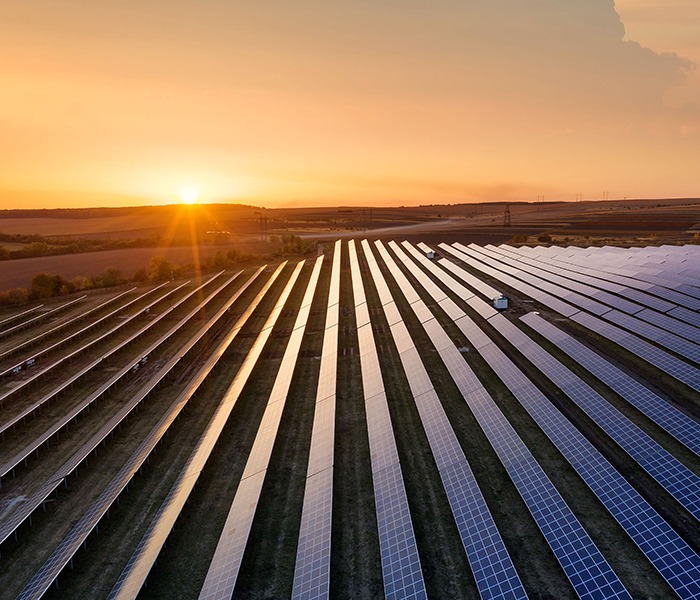
CVE Key Figures

510
people as of March 31, 2025

890 MW
assets under construction and in operation as of March 31, 2025

€109.6 M
Sales 2024

3.9 GW
Secured pipeline as of March 31, 2025

122 000 t
CO₂eq GHG emissions avoided by our facilities in 2024

345 000 t
of organic waste treated for recovery in 2024
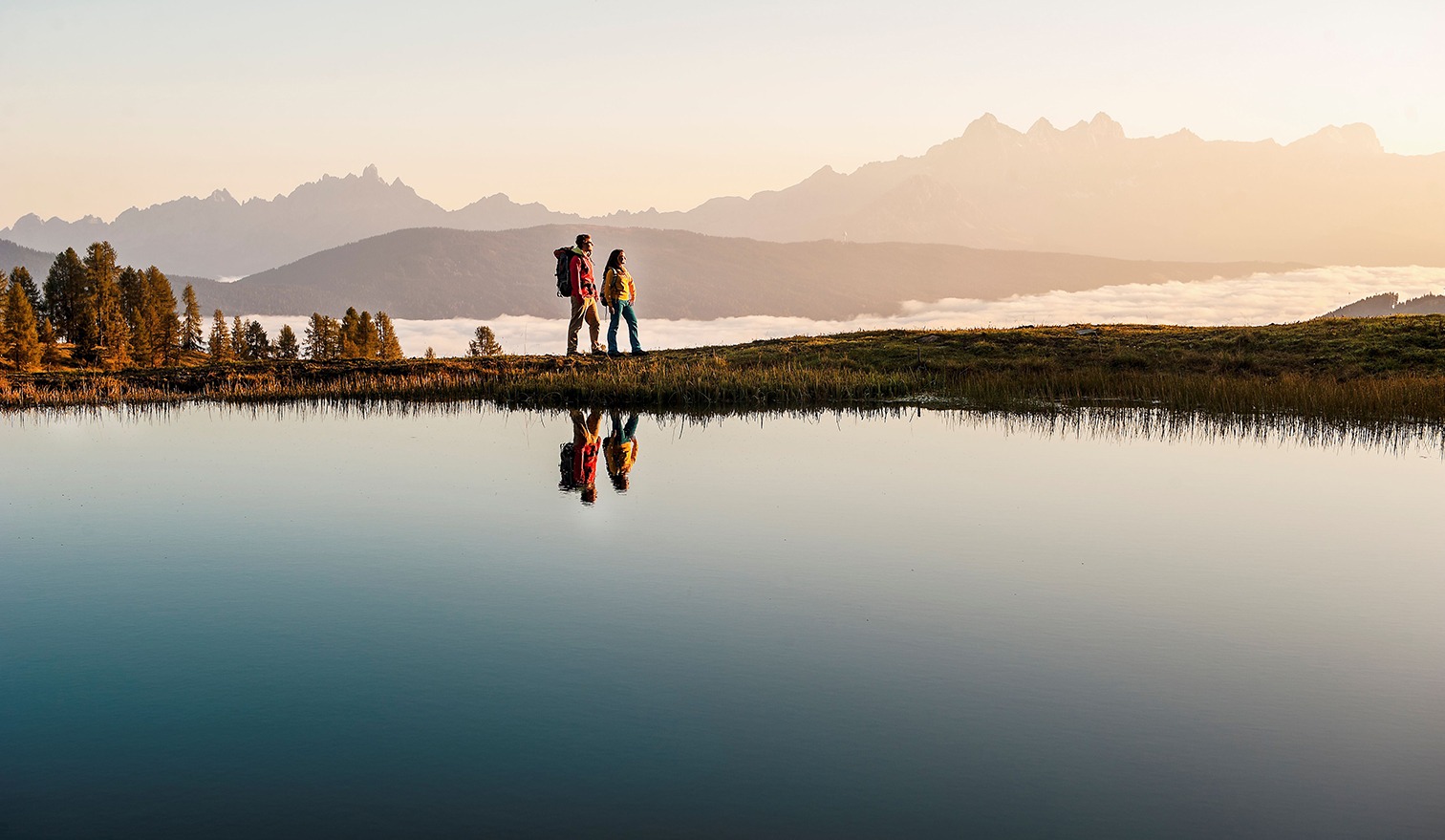
Do you have a question or a project?
Our experts can help you make your project a reality, or simply study your needs and expectations and answer your questions.
Send us your message and we’ll get back to you as soon as possible.